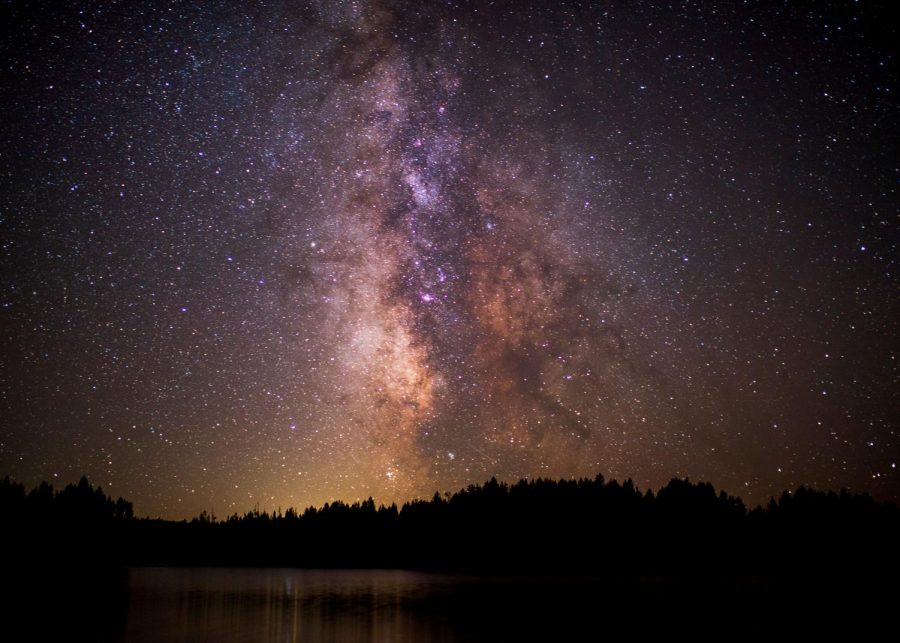Dark Sky Studies Makes Its Debut at the U
September 12, 2019
The University of Utah is truly reaching for the stars as it launches the country’s first Dark Sky Studies minor.
This announcement comes with three new core classes followed by the first issue of the Journal of Dark Sky Studies (JDSS), which will be the first college-sourced publication about the night sky. The Dark Sky Studies will focus on the effects of artificial light (light pollution) and the harm it brings to the wildlife and human health and environment as it gets harder to make out the constellations of the night sky. The U-based Consortium for Dark Sky Studies’ mission is dedicated to “the discovery, development, communication, and application of knowledge across a wide range of disciplines and professional fields pertaining to the quality of night skies.” This unique program at the U will feature courses and faculty from multiple areas at the U to bring their insights from various departments such as public health, urban planning, engineering, religion, history and philosophy.
Daniel Mendoza, a research assistant professor at the University of Utah, is also serving as the co-director of the consortium and is a core faculty member in Dark Sky Studies. He acknowledged that “there are no formal academic educational programs strictly for dark sky study and protection,” and said “the new classes regarding Dark Sky Studies are our way of teaching a very diverse group of students here at the U how to think about a complex problem and to make real changes in their communities.”
The new minor (21 credits) has, in addition, introduced three new core classes to the U’s curriculum — Public Health and Artificial Light; Arts, Humanities and the Night Skies; and Astronomy and Culture. The collaborative program will end in a capstone project, meaning that students at the U will research a night sky problem from varied aspects and draft a policy proposal to aid in the Dark Sky Studies. Mendoza said that “we’re giving the students essential skills that, though they may never go into Dark Sky Studies, they’ll know the process of inquisition, data collection, and communicating those results, which is critical.” At the end of the course, the students’ research will be showcased in the Journal of Dark Sky Studies.
In the spring semester, the students’ findings will be published during the International Dark Sky Week and again later in the fall coinciding with the International Dark-Sky Association General Meeting, which is set to be the largest gathering of Dark Sky advocates from all over the world. The first issue of the JDSS has already made its debut. It explains the early history of the dark sky movement in the 1960s while providing a map of all the identified dark sky locations. The U of U Consortium for Dark Sky Studies states that the JDSS will feature light pollution research and stories of both the impact and culture of the night sky.
This article was originally published on Sept. 6. The article was republished with new photos and featured on the homepage on Sept. 12.







